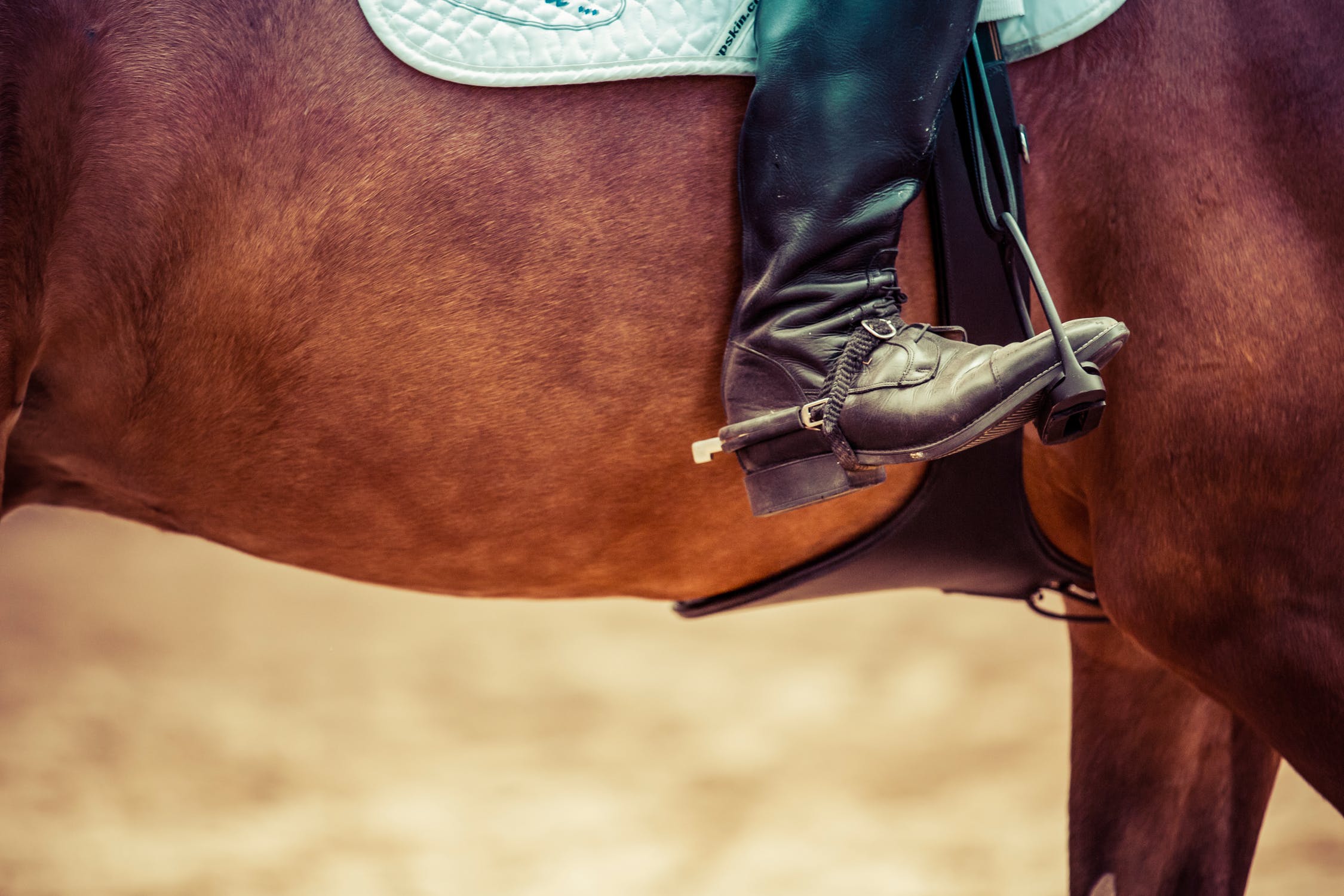Riding a horse is a key reason behind most people's decision to buy one. The thought of being able to saddle up and ride this great animal is equal parts exciting and terrifying. If you are reading this, there is a good chance you have never ridden a horse before. As a result, you have no idea what to expect! The only times you have seen horses being ridden is in movies or at the Olympics. Both times, you are watching trained individuals and horses - they make it look so easy.
The bad news is that it is not as easy as the professionals make it seem. Still, it is not as hard as you might think. The trick is to be patient and understand what you should and should not do. This short guide will introduce you to a few horse riding tips, as well as point you in the direction of how to get started.
Wear appropriate safety clothing
Before you get on a horse, you must wear the correct clothing. Generally, people wear comfortable and snug clothing when on a horse. You want to avoid anything super baggy as it can cause issues while you are riding.
However, the most important thing is to remember your safety clothing. A helmet is absolutely essential, and you can't ride without one. It can literally save your life as you might fall off the horse and hit your head. All it takes is your horse to get slightly spooked by something, and they'll rear up or make a sudden movement that throws you from the saddle. Without a helmet, you can seriously injure yourself.
Another essential piece of safety clothing is a pair of proper boots. You need to protect your feet as a horse might tread on them. We actually stock a range of horse-riding footwear that you can check out, along with various other equestrian clothing.
So, step one, be sure you are well protected before going near a horse.
Learn the horseman's handshake
It is never a good idea to sneak up behind a horse and attempt to mount it. Hopefully, none of you were thinking about doing that! Horses are live animals with feelings and emotions. It is natural for them to feel scared or nervous when a new human approaches them. They have not got used to your scent or your presence, so avoid jumping straight in the saddle.
Instead, approach your horse, so it sees you the entire time. Walk slowly and make eye contact, extending out your arm in front of you. Display the back of your hand to the horse for it to sniff. When they touch it with their nose, that is as close as you can get to verbal consent from a horse. This is known as the horseman's handshake, and it is the best way to greet your horse. Do this every time you go to ride them, and both of you will feel more at ease.
Be confident and stay alert
You will never learn to ride a horse unless you are confident. Mounting a horse is hard enough, but it's even harder when you're not confident. You will second-guess yourself and avoid committing to it, leaving both you and your horse with lots of frustration.
Try to be as confident as possible, and always stay alert. You must be aware of your surroundings to avoid leading your horse into dangerous areas or towards things that can scare them.
Find a horse riding school
The best piece of advice is to find a riding school near you. There are plenty up and down the country, and they are crucial if you want to learn how to ride safely.
Consider this, you would not get behind the wheel of a car with no supervisor. Getting on the back of a live animal with no tutoring is ten times worse. You need help from somebody that is ridden horses all their life and knows all the tricks.
Our advice is to find a school and book some riding lessons to get started. You will be surprised at how quickly you pick things up with a proper teacher!
Overall, these are the main things to think about before riding a horse for the first time. Ensure you have all the right safety equipment, greet your horse, be confident & alert, and find a riding school. One last thing to add is that you should prepare to feel sore afterwards. Riding a horse is a sport for a reason - it requires the use of many leg muscles. After the first few sessions, you will have sore muscles that take a couple of days to heal.


